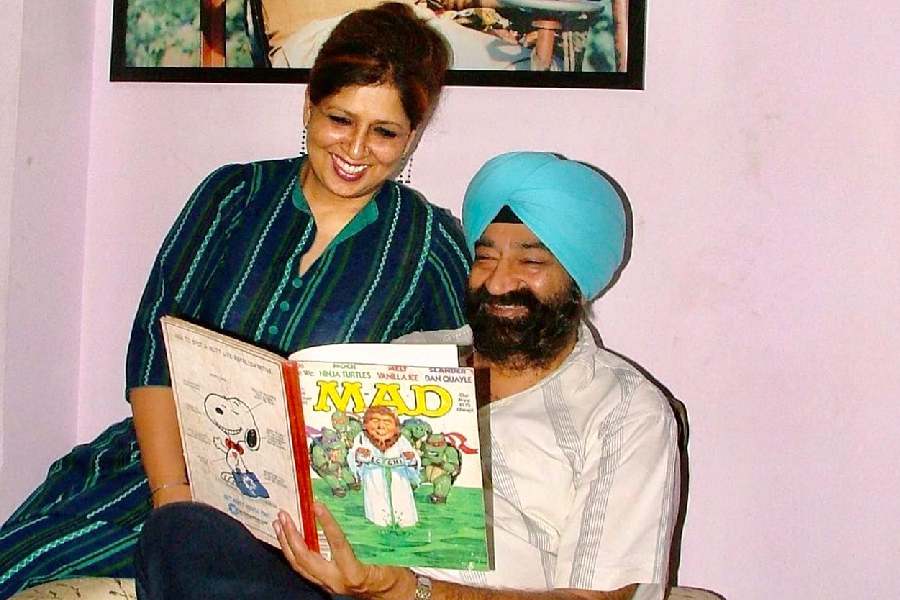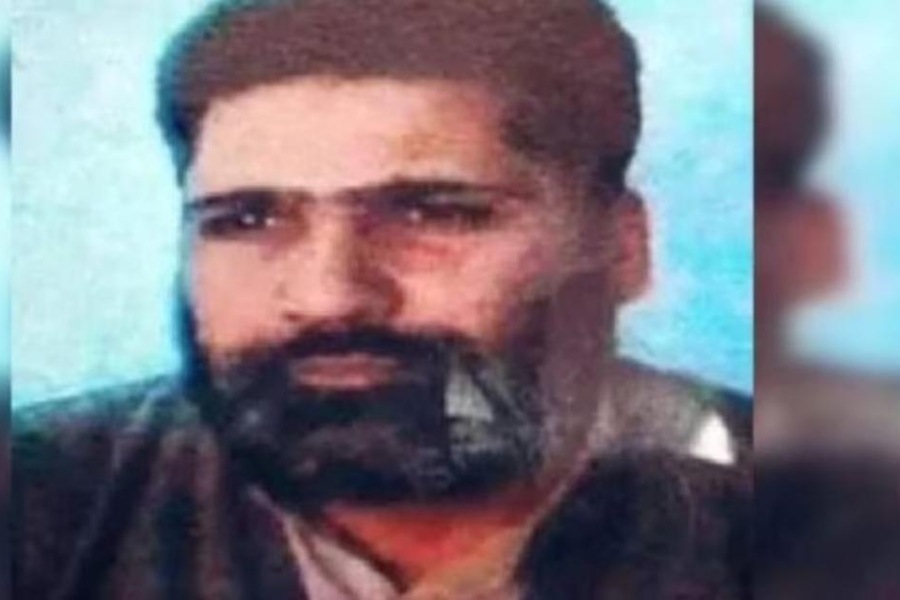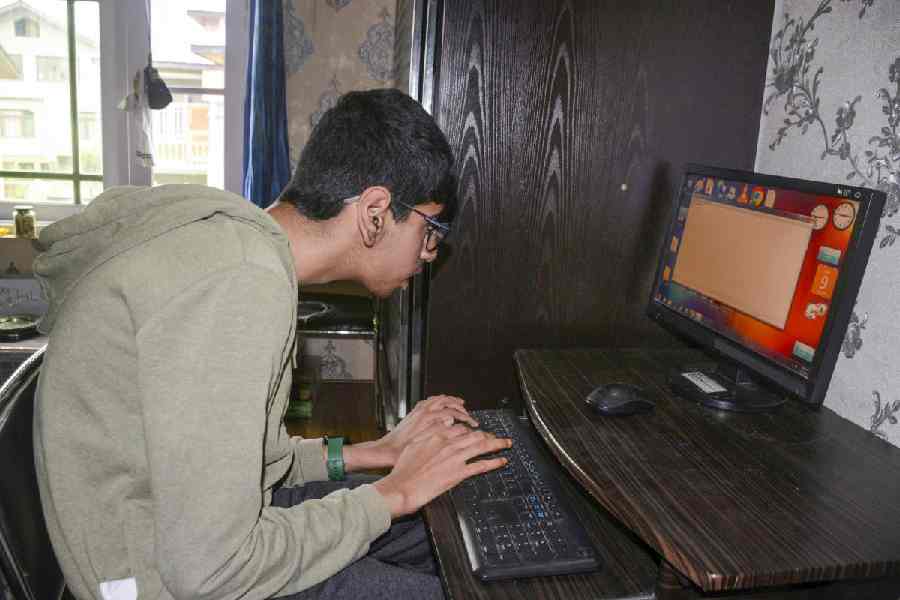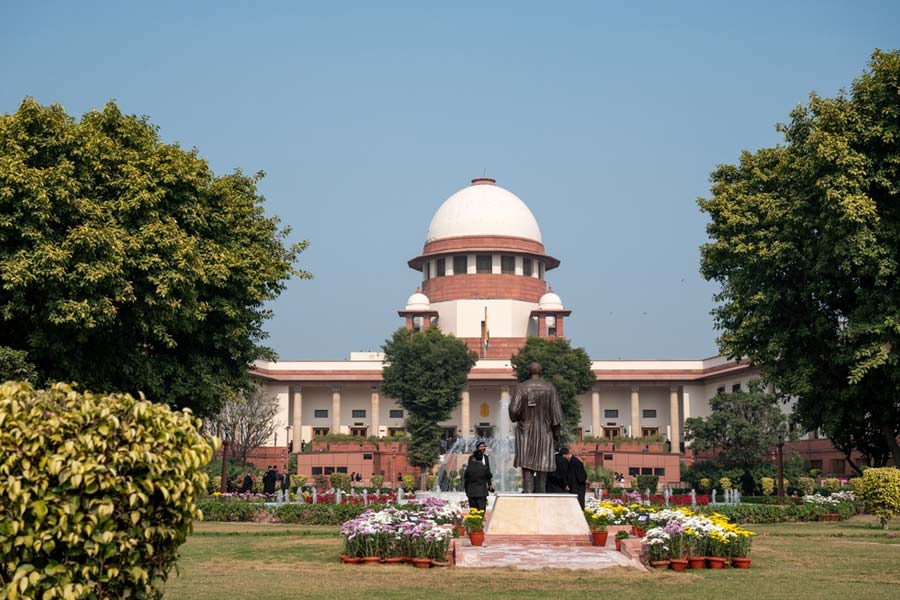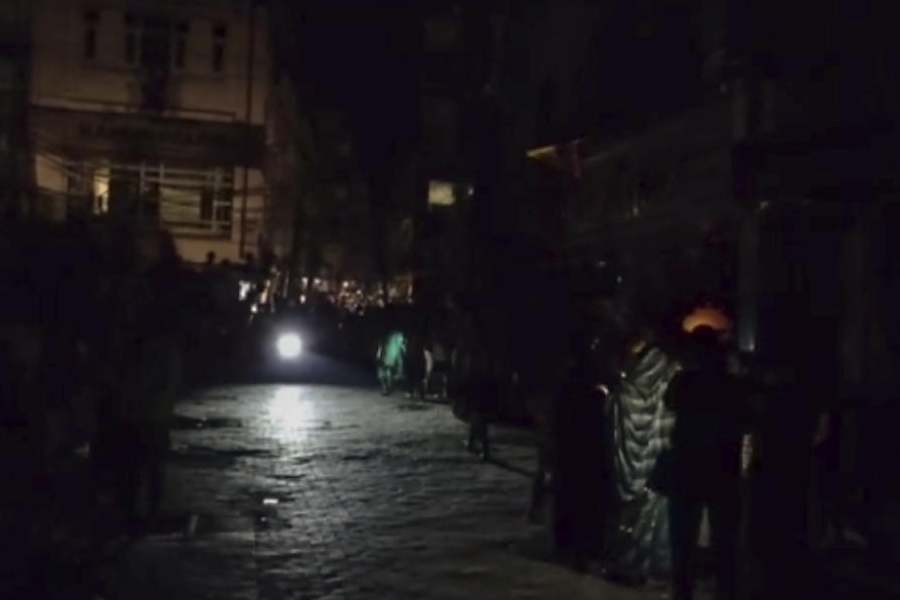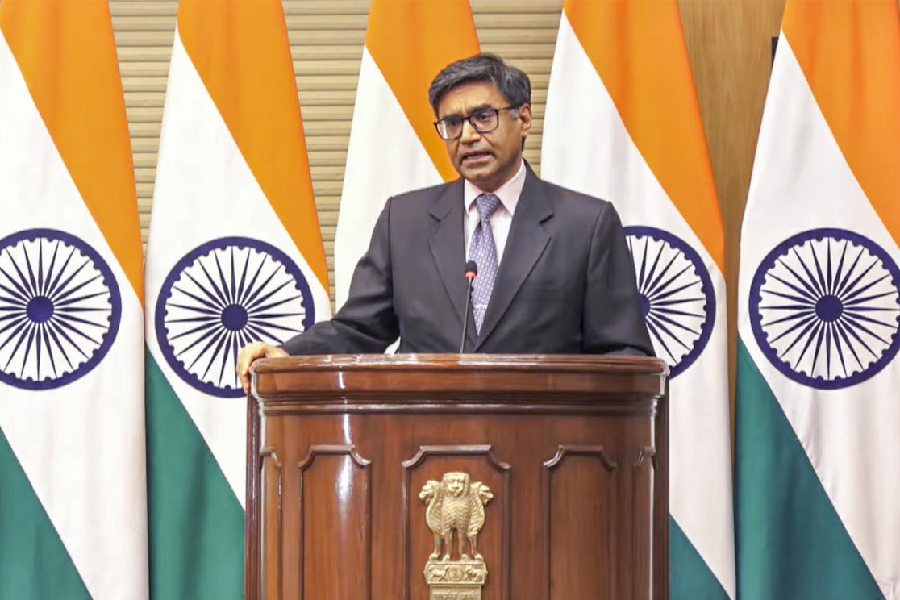 |
| Tyeb Mehta |
Tyeb Mehta may have shot to international fame when his Mahisasura, painted in 1997, won the distinction of being the first contemporary Indian art work to fetch $1.58 million at a Christie’s auction in New York on September 21, 2005, but this reclusive, Mumbai-based artist had established himself as an Indian master long before that.
His interpretation of Kali as a pot-bellied hag, the buffalo demon, drummer figure in a free fall, rickshaw-pullers, dancing Santhal figures and the trussed bull have become some of the most recognisable images of our times, although Mehta lacked the flamboyance and showmanship of M.F. Husain.
His colours, often raw like fresh wounds, were dense and saturated, his lines were sharp-edged and precise, and the overpowering effect was that of simplicity.
Occasionally appropriating traditional icons such as the one of Kali, Mehta created a set of expressionistic, sometimes violently distorted, images that conveyed his horror at the bloodshed of Partition and his disquiet about our troubled times.
When the penniless artist and his wife, Sakina, moved to London between 1959 and 1964, the post-impressionists did make an impact on him, but Picasso, Matisse, Francis Bacon and the American abstract impressionist Barnett Newman left their mark on his work.
Another significant period in his career was his year-long stay (1984-85) at Santiniketan, when he taught as an artist in residence at Visva-Bharati and discovered the works of the Bengal masters. The mother goddess had been on Mehta’s mind for a long time, but it was only when he worked in Bengal that he decided to present his “emotional perception” of the image.
However, he did so only after contemplating her form for three years. It was also here that he executed the buffalo sculpture. Charak Puja, a Santhal festival at Santiniketan, triggered off the large canvases titled Celebration, one of those rare works Tyeb Mehta painted in a joyous mood. Anguish and pain were the dominant aura of his work.
This was attributed to the social background from which he had broken out to become an artist.
Tyeb Mehta was born into a Dawoodi Bohra family at Kapadvanj in Gujarat on July 26, 1925. They owned a chain of nine cinemas in Mumbai. He wanted to become a filmmaker and, for the first few years of his life, frequented film sets and cine labs, much to the dismay of his father. Much later in life, in 1969-70, Mehta made the path-breaking black-and-white film Koodal. He joined the Sir JJ School of Art in Mumbai.
Mehta found the atmosphere of his home claustrophobic and repressive and walked out with his wife. Those were trying times for the impoverished young couple, and when they left for London, Mehta had only Rs 75 in his pocket. He was close to Akbar Padamsee but never joined the Progressive Artists Movement in spite of being friends with some of its members. His first canvases were sold with Husain’s help.
Even after his phenomenal success in the art market, Mehta continued to lead a simple, withdrawn life in his flat. He stood to gain little from the skyrocketing prices, for his canvases had already changed many hands.
He was, however, delighted that the boom in the art market had happened in his lifetime. But he regretted that simplicity had gone from life for ever.


